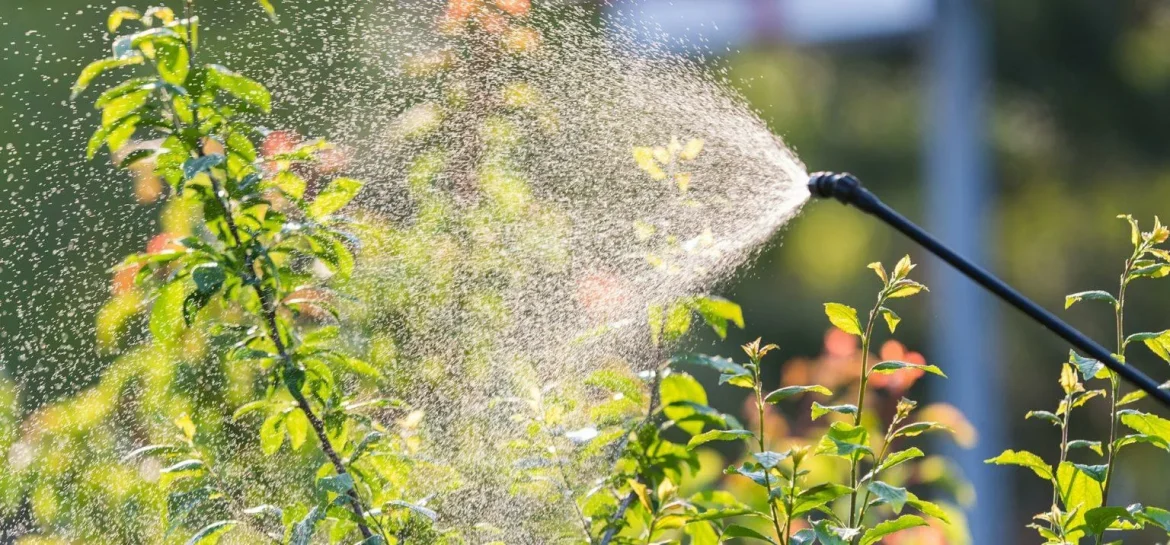Pests and diseases are inevitable challenges for gardeners, but proper management ensures healthy plants and abundant harvests. Effective control starts with prevention, using cultural, mechanical, biological, and chemical strategies. Understanding common pests and plant diseases allows gardeners to identify problems early and minimize damage.
Advertisement
Common garden pests include aphids, caterpillars, slugs, and beetles. These organisms feed on leaves, stems, flowers, or roots, weakening plants and spreading disease. Signs of pest infestation include chewed leaves, holes, wilting, sticky residue, or discolored spots. Early detection is essential, as many pests reproduce quickly and can devastate a garden in a short time.
Diseases can be fungal, bacterial, or viral. Fungal infections, like powdery mildew or rust, thrive in damp, poorly ventilated environments. Bacterial infections can cause leaf spots, wilting, or rot, while viral diseases may result in stunted growth or distorted leaves. Proper plant spacing, sanitation, and removal of infected material reduce disease spread.
